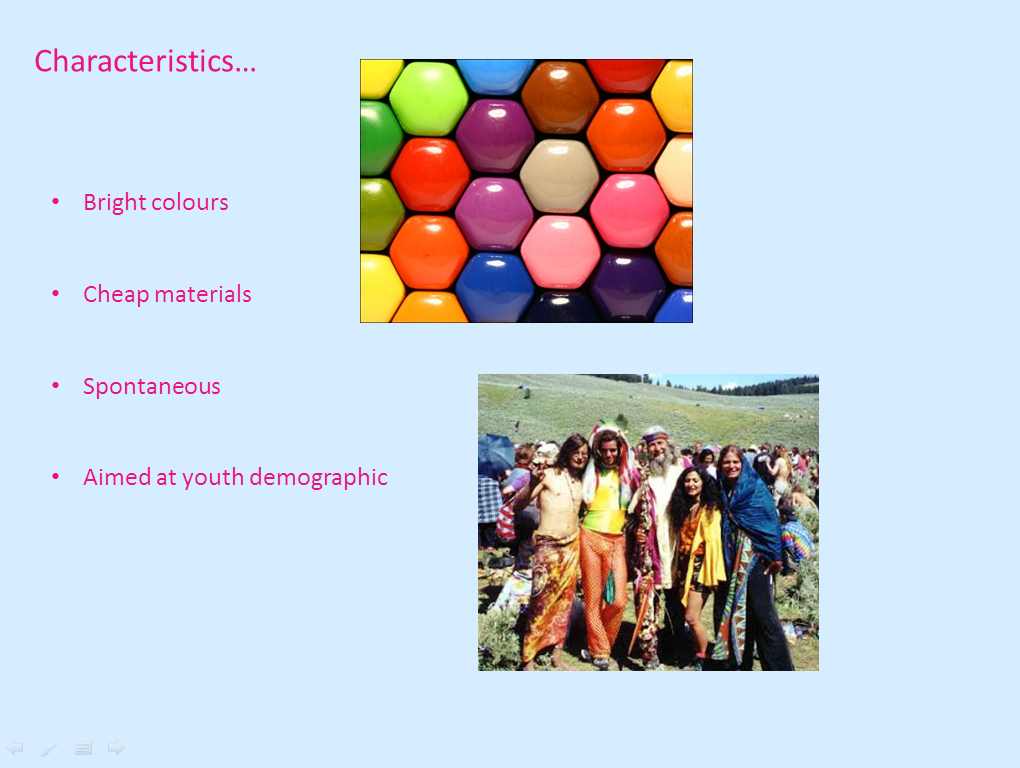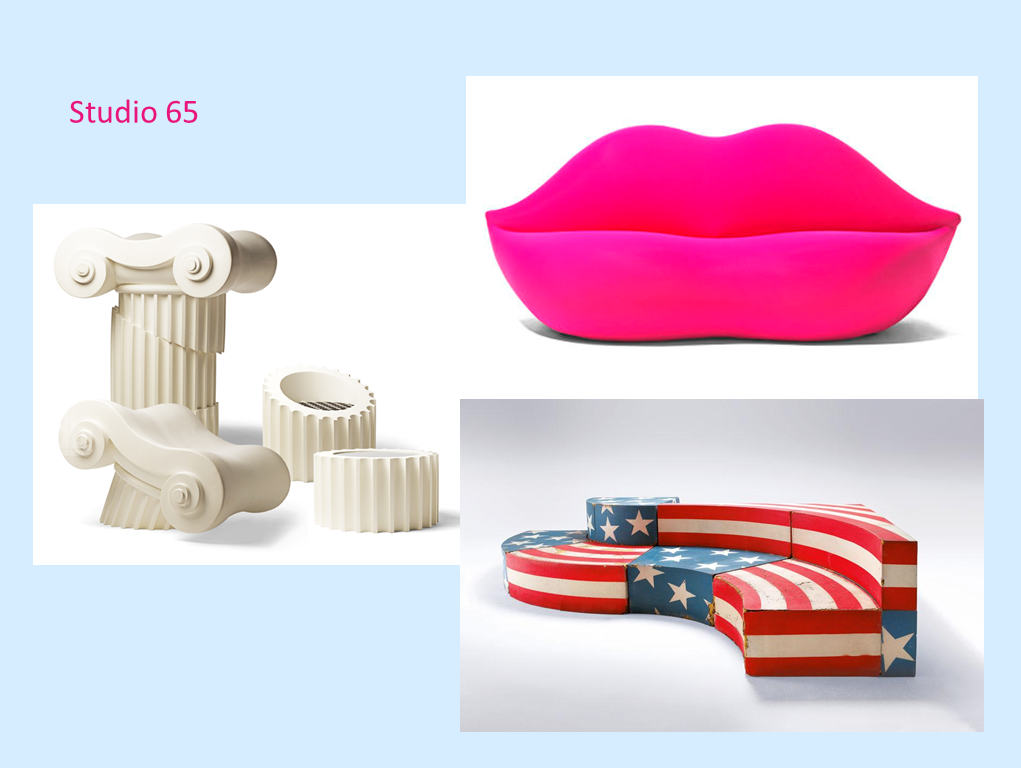| 1. Coco Chanel |
Gabriel ‘Coco’ Chanel was born in 1883, despite being born in a well-off family she had a hard life of rejection and feeling like an outcast simply because she did not like the tight feel of a corset around her waist and did not think women should be constricted in such a way. The men in her life were hugely influential to her especially Etienne Balsan whom she borrowed her first suit she went out in public with, Arthur ‘Boy’ Capel who would go on to finance her first store, and Hugh Grosvenor the 2nd Duke of Westminster who through a visit to Scotland introduced her to the tweed fabric.
| 2. Audrey Hepburn wearing the little black dress |
Along with tweed, Chanel constantly used Jersey in her designs. Originally this was through a need to keep her clothes cheap in order to sell, however even after her business became profitable she kept using this fabric because of the way it draped easily and it was easily suited to her designs. Chanel was the first designer to design a suit for women and ‘The Chanel Suit’ is still a design classic to this day, however Chanel was also the woman who invented the Little Black Dress, which to this day remains as a must have staple in every woman’s closet from the moment they hit their mid-teens.
| 3. The Chanel Suit |
Unfortunately, Chanel had to close down her boutique in 1939 when France declared that it was entering war with Germany. After the war, Christian Dior was gaining momentum with his full skirts and clinched in waists but Chanel was not about to give up without a fight. She released her comeback collection in 1953 and although it took her a while to regain what she had lost, she did it and kept on working until the day she died in 1971. After her death it took 12 years for the company to find a successor in Karl Lagerfeld who did not take this position lightly as one can see from his portfolio.
| 4. Emilio Pucci |
Another fashion pioneer of his time was Emilio Pucci who found his fame purely coincidentally after designing a skiing suit for a friend and it was photographed in Harper’s Bazaar. H eventually set up his fashion house in 1947. After the onslaught of the war, the world was starving for a new outlet and for Pucci this was colour. Inspired by the Psychedelic side of Pop design he started including lavish prints in his designs.
| 6. Pucci Patterned Scarf |
| 5. Pucci Bubble Helmet |
| 7. Pucci Capri Pants |
For his work in patterns, Emilio Pucci was eventually dubbed the ‘Prince of Prints’ by the international fashion press and also kept working until he died in 1992 when his daughter took over the throne of the design house to follow in the footsteps of her father. Since then the label has seen designers such as Christian Lacroix, Matthew Williamson and most recently Peter Dundas.
It is clear that, although they came from different countries and backgrounds, both Coco Chanel and Emilio Pucci worked to liberate the woman, one from the corset the other from the serious effects which the war had inflicted on them. Their designs remain up to this day classic symbols of luxury for many people.
BIBLIOGRAPHY:
Gabrielle "Coco" Chanel (1883–1971) and the House
of Chanel | Thematic Essay | Heilbrunn Timeline of Art History | The
Metropolitan Museum of Art. 2014. Gabrielle "Coco" Chanel (1883–1971)
and the House of Chanel | Thematic Essay | Heilbrunn Timeline of Art History |
The Metropolitan Museum of Art. [ONLINE] Available at:
http://www.metmuseum.org/toah/hd/chnl/hd_chnl.htm. [Accessed 24 January 2014].
Emilio Pucci. 2014. Emilio Pucci. [ONLINE] Available at:
http://mobile.emiliopucci.com/about#post-216. [Accessed 24 January 2014].
Vintage Fashion Guild : Label Resource : Pucci, Emilio.
2014. Vintage Fashion Guild : Label Resource : Pucci, Emilio. [ONLINE]
Available at: http://vintagefashionguild.org/label-resource/pucci-emilio/.
[Accessed 24 January 2014].
The history of luxury travel -
Emilio Pucci - A Luxury Travel Blog. 2014. The history of luxury travel - Emilio Pucci - A Luxury
Travel Blog. [ONLINE] Available at:
http://www.aluxurytravelblog.com/2013/05/02/the-history-of-luxury-travel-emilio-pucci/.
[Accessed 24 January 2014].
Unknown, (2014), Coco Chanel [ONLINE]. Available at:
http://www.thephotodiner.com/blog/wp-content/uploads/2013/03/Coco-Chanel.jpg
[Accessed 24 January 14].
Unknown, (2014), The Little Black Dress (worn by Audrey
Hepburn in Breakfast at Tiffany's) [ONLINE]. Available at: http://stylesociety.co.za/wp-content/uploads/2011/04/little-black-dress.jpg
[Accessed 24
January 14].
Unknown, (2014), The Chanel Suit [ONLINE]. Available at:
http://farm8.staticflickr.com/7020/6810656801_490e59f4c7_z.jpg [Accessed 24
January 14].
Unknown, (2014), Emilio Pucci [ONLINE]. Available at:
http://images2.pucci-media.com/Uploads/Image/emilio_pucci_portrait.jpg
[Accessed 24 January 14].
Unknown, (2014), Emilio Pucci Patterned Scarf [ONLINE].
Available at: http://www.vanessacamara.com/wp-content/uploads/2012/01/Emilio-Pucci-Scarf-7586701.jpg
[Accessed 24 January 14].
Unknown, (2014), Emilio Pucci Bubble Helmet [ONLINE].
Available at:
http://blogs.airspacemag.com/daily-planet/files/2012/01/S.404.p6-P_640.jpg
[Accessed 24 January 14].
Unknown, (2014), Emilio Pucci Capri Pants [ONLINE].
Available at: http://cache.theoutnet.com/images/products/88859/88859_bk_xl.jpg [Accessed 24 January 14].
























